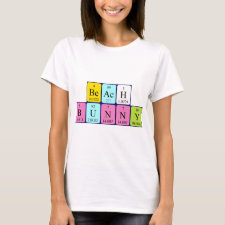
Authors: de Escobar CC, Dallegrave A, Lasarin MA, dos Santos JHZ
Article Title: The sol-gel route effect on the preparation of molecularly imprinted silica-based materials for selective and competitive photocatalysis.
Publication date: 2015
Journal: Colloids and Surfaces A: Physicochemical and Engineering Aspects
Volume: 486
Page numbers: 96-105.
DOI: 10.1016/j.colsurfa.2015.09.027
Alternative URL: http://www.sciencedirect.com/science/article/pii/S0927775715302156
Abstract: A series of molecularly imprinted photocatalysts containing rhodamine B (RhB) as a template were prepared from four different routes, namely acid, basic-catalyzed, two-steps and non-hydrolytic sol-gel routes, using TiCl4 as a TiO2 source. Variations in acid route synthesis (rate of heat on calcination, absence of HCl and replacement of TiCl4 for commercial P25) were also evaluated. For comparison, non-imprinted samples were also synthesized. Photocatalytic tests were conducted to evaluate the selectivity (RhB, rhodamine 6G (Rh6G) and methylene blue (MB)), competitiveness (RhB versus Rh6G and RhB versus MB) and regeneration of catalysts in terms of initial adsorption and degradation. The effects of the solid photocatalyst texture and structure (surface area, zeta potential, radius of gyration and fractal geometry) on the degree of RhB degradation were also examined. From the results of the photocatalysis tests and statistical analysis, we have shown that dye adsorption occurs on the silica domains that are imprinted in the vicinity of the photocatalyst due to photocatalytic degradation. Compared to the commercial photocatalyst (P25), an increase in selectivity (up to 180%) and competitiveness (up to 290%) were obtained. Regarding the acid route, the absence of HCl during the catalyst synthesis resulted in a loss of degradation compared to P25 and a 3-fold lower factor of competitiveness compared to the system in which HCl was used. In the regeneration tests, degradation was maintained at 80% of that of initial tests for up to three cycles
Template and target information: rhodamine B, RhB
Author keywords: sol-gel, imprinted materials, Selective photocatalysis, silica, titania



Join the Society for Molecular Imprinting

New items RSS feed
Sign-up for e-mail updates:
Choose between receiving an occasional newsletter or more frequent e-mail alerts.
Click here to go to the sign-up page.
Is your name elemental or peptidic? Enter your name and find out by clicking either of the buttons below!
Other products you may like:
 MIPdatabase
MIPdatabase









